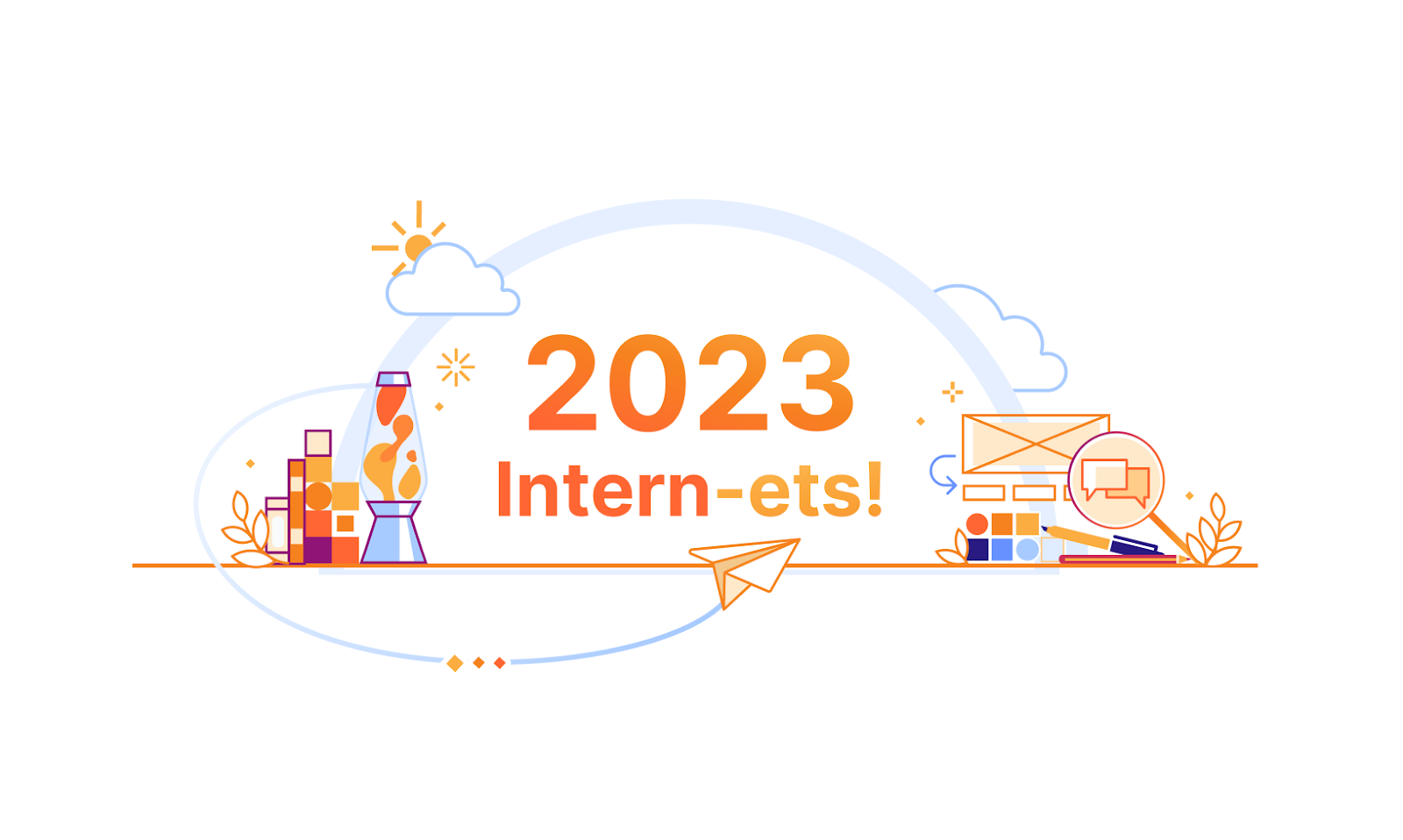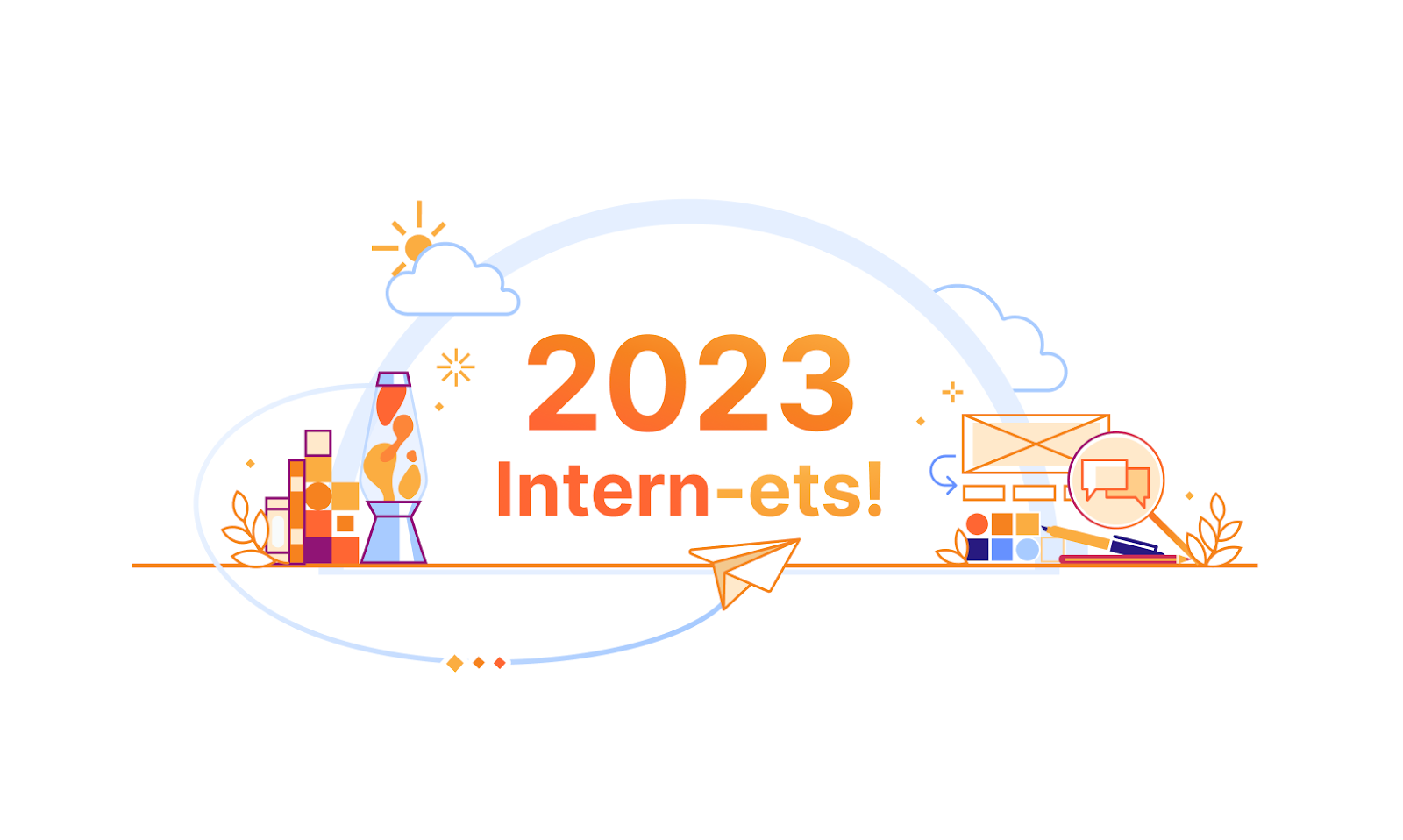Author Archives: Emilie Ma
Author Archives: Emilie Ma


This year, Cloudflare welcomed a class of approximately 40 interns, hailing from five different countries for an unforgettable summer. As we joined both remotely and in-person across Cloudflare’s global offices, our experiences spanned a variety of roles from engineering, product management to internal auditing and marketing. Through invaluable mentorship, continuous learning, and the chance to make a real-world impact, our summer was truly enriched at every step. Join us, Anni and Emilie, as we provide an insider's perspective on a summer at Cloudflare, sharing snippets and quotes from our intern cohort.
You might have noticed that we have a new name for the interns: the Intern-ets! Our fresh intern nickname was born from a brainstorm between us and our recruiter, Judy. While “Cloudies”, “Cloudterns”, and “Flaries” made the shortlist, a company-wide vote crowned "Intern-ets" as the favorite. And just like that, we've made Cloudflare history!
We're all incredibly proud to have gotten the opportunity to tackle interesting and highly impactful projects throughout the duration of our internships. To give you a glimpse of our summer, here are a few that showcase the breadth and depth of our experiences.
Mia M., Product Continue reading


Today, August 11, 2023, we are excited to announce a new debugging workflow for Cloudflare Queues. Customers using Cloudflare Queues can now send, list, and acknowledge messages directly from the Cloudflare dashboard, enabling a more user-friendly way to interact with Queues. Though it can be difficult to debug asynchronous systems, it’s now easy to examine a queue’s state and test the full flow of information through a queue.
With guaranteed delivery, message batching, consumer concurrency, and more, Cloudflare Queues is a powerful tool to connect services reliably and efficiently. Queues integrate deeply with the existing Cloudflare Workers ecosystem, so developers can also leverage our many other products and services. Queues can be bound to producer Workers, which allow Workers to send messages to a queue, and to consumer Workers, which pull messages from the queue.
We’ve received feedback that while Queues are effective and performant, customers find it hard to debug them. After a message is sent to a queue from a producer worker, there’s no way to inspect the queue’s contents without a consumer worker. The limited transparency was frustrating, and the need to write a skeleton worker just to debug a queue was high-friction.

Now, Continue reading